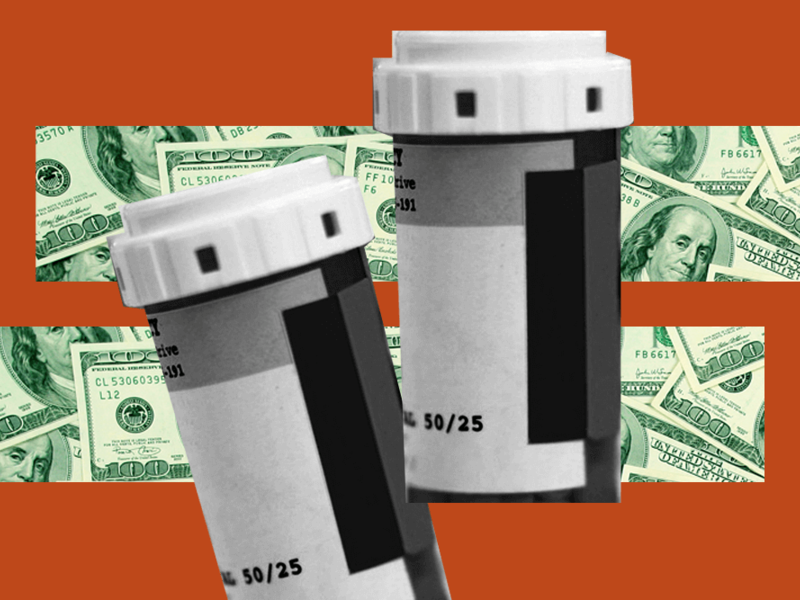
Drug prices overall are not expected to increase meaningfully in 2022, although the number of specialty medications and drugs without biosimilar competition are projected to grow, according to Vizient, a group purchasing organization.
For the most part, costs will stay in line with the pharmaceutical industry’s downward inflation trend.
Vizient’s latest Pharmacy Market Outlook—which forecasts what its hospitals and health systems might pay for drugs after discounts and rebates between in 2022—predicts that pharmaceutical costs will increase by 3.1%.
“Even at modest rates, it is still quite substantial,” said Steven Lucio, senior principal with the Vizient pharmacy team. “The thing that we always encourage people to be cognizant of is the fact that we spend so much money on pharmaceuticals already, that even a 3.1% increase translates to several billion dollars of additional spend.”
Total drug spending at hospitals increased by 18.5%, from $468.5 to $555.4 million, between 2015 and 2017, according to a study conducted by NORC at the University of Chicago. The analysis includes higher launch prices and manufacturing shortages as factors, whereas Vizient’s study focuses on annual drug price increases.
Hospitals’ complete annual expenditure reaches over $1 trillion, according to CMS.
A June 2021 Kaufman Hall report found that hospitals’ year-over-year drug expense grew more than 25% since 2019.
Despite the modest growth rate as a whole, decreased drug utilization due to the pandemic and financial hardships leading patients to qualify for significant discounts through Medicaid and the 340B program have the potential to spark more drug cost increases.
“It has a ballooned squeezing effect,” said Antonio Ciaccia, CEO of 46brooklyn Research and senior advisor to the American Pharmacists Association. “The more drugs that are given away at steep discounts, the more pressure it creates on the other end of the market, which could push drug makers to raise their prices.”
The main driving force of drug price increases is the rheumatoid arthritis drug adalimumab, known commercially as Humira, Lucio said, and it will likely continue to dominate the market until it loses its patent exclusivity in 2023. That will allow biosimilars to enter the market, offering lower costs.
“We’re hoping that 2023 is truly the timeframe when we start seeing competition (for Humira),” Lucio said. “Once we do see competition, then you won’t have that substantial percentage growth year over year.”
Recently, insurers have taken steps to restrict members’ use of high-cost, brand name biologics, instead favoring biosimilars as alleged lower cost options.
Novel specialty drugs also tend to hike up costs because there is generally less competition to meet complex and extremely niche needs, Ciaccia said.
Specialty pharmaceutical pricing is projected to increase by 4.68% over the next year, with oncology medications comprising nearly one-fourth of Vizient members’ drug spending. Costs for oncology medications will grow by 3.25%, according to the analysis.
The percentage health systems have spent on non-HIV/non-hepatitis antivirals has increased from 4% to 25%, specifically due to the COVID-19 treatment remdesivir, which has been instrumental during the pandemic.
Remdesivir amounted to members’ highest spending for antiviral medication, and was third for overall spending in acute care.
Health systems should monitor expenditures, maintain strong collaborative relationships with finance and managed care organizations, and be cognizant of the growth of oncology and specialty pharmacy to work toward lower costs, Lucio said.
Vizient also recommends the use of contract pharmacies to help patients access 340B drugs, as hospital-run retail pharmacies continue to close their doors.
“At the end of the day, all of this translates to what extent patients can actually afford their medications,” Lucio said. “It does us no good if there are a lot of new products that offer wonderful outcomes, but people cannot afford them.”
Source link : https://www.modernhealthcare.com/healthcare-economics/drug-price-inflation-stalls-spending-certain-products-rises











